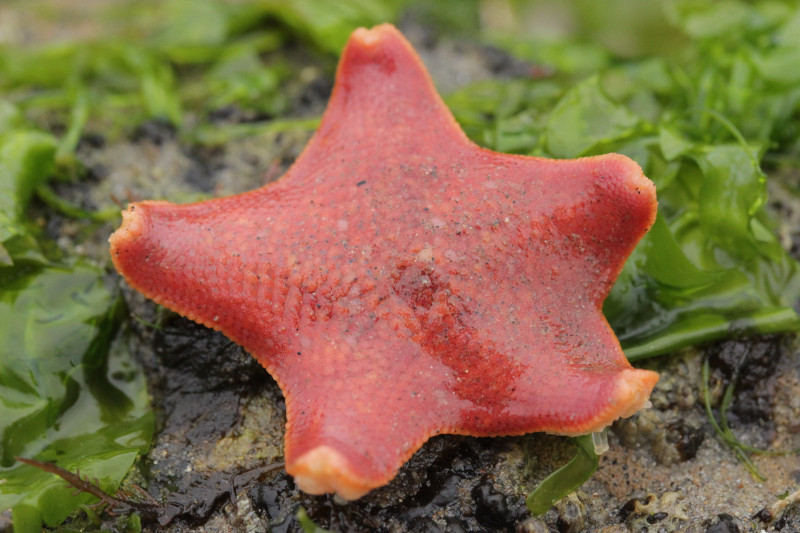
Bat Star Facts
- This distinctively shaped invertebrate most frequently goes by the somewhat unusual, but easy to remember, common name of the Bat Star. It does have a few other general titles it’s known by, though. These alternates include webbed star and broad-disk star, among others.
- Among scientific professionals, however, it’s perhaps more often referred to by its completely technical moniker. Fortunately, that’s a comparatively simple one for the layperson to pronounce. That’s because the amazing creature holds the formal epithet of Patiria miniata.
- The distinctive animal received that designation due to the efforts of Johann Friedrich von Brandt. The respected German-Russian naturalist accomplished the first recognition of it as a separate and distinct species. He achieved that scientifically noteworthy feat in the year 1835.
- This marvel of Nature and evolution holds a particular appeal to many of those who appreciate the natural beauty of such works of evolution. Its principal common name derives from the webbing located between its arms, which many people believe resembles the wings of a bat.
- Thankfully, the remarkable Bat Star appears to be holding a population base that’s both stable and sufficient. That pleasant state also seems to hold true throught the entirety of its territory. The species therefore does not currently appear on the IUCN Red List of Threatened Species.
- The echinoderm nevertheless still faces the same potential threats to its continued existence as a species as all forms of life on earth today. Like the rest of us, most of those stem from the actions of mankind. They include the related threats of habitat loss and climate change.
Related Articles
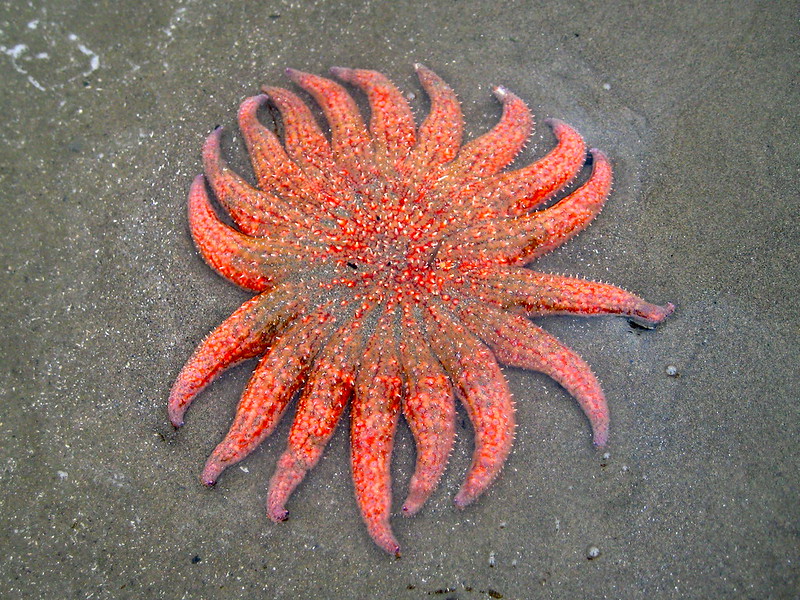
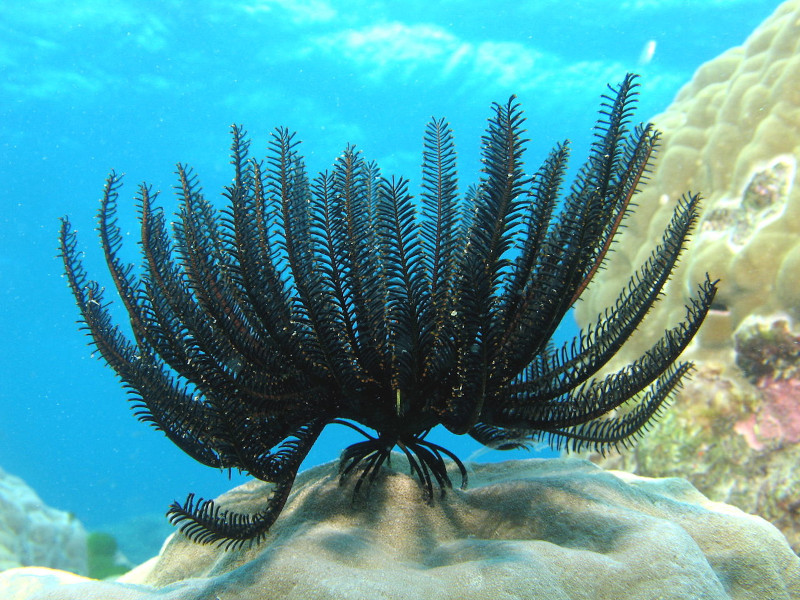
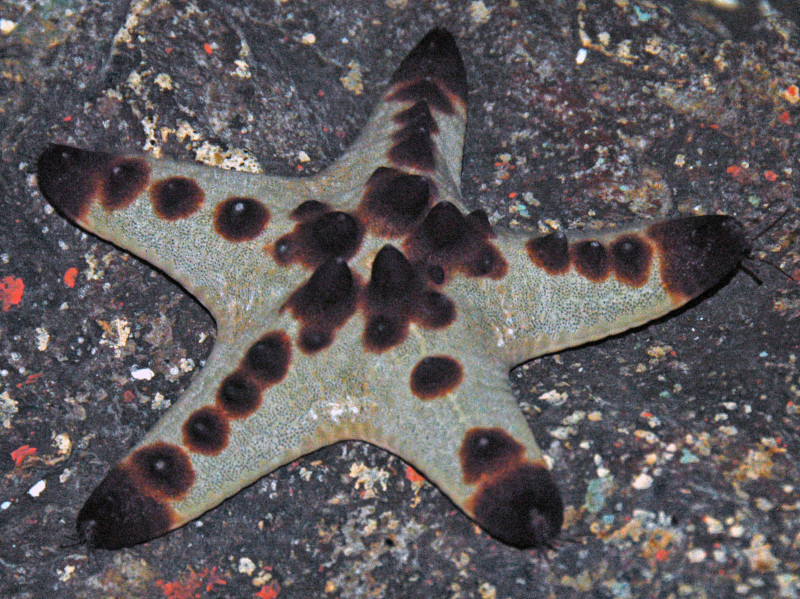
Bat Star Physical Description
The intriguing Bat Star generally captures the imagination and attention of those individuals lucky enough to encounter it. The remarkable animal usually does so, though, due more to its appearance than its size. That’s because the marvel represents a roughly average-sized example of its kind.
This marine wonder also follows a pattern very typical of its kind. That’s shown in the fact that it displays no noticeable degree of the physiological characteristic of sexual dimorphism. It’s therefore quite difficult for a non-expert to distinguish the genders with a casual visual examination.
Individuals of both genders of the creature attain the same approximate dimensions. This does tend to vary significantly, however. In diameter, the body of a fully grown specimen generally ranges from 3 – 8 in (8 – 20 cm). Exceptional examples do occur, but they rarely exceed this by much.
The arms of this particular sea star stand out from some of its countless relatives. That’s due to the fact that, while most of those develop a pentagonal shape, other numbers also appear. On occasion, individuals appears with anywhere from 4 – 9 arms, making for a truly unique appearance.
These arms also have a highly distinctive nature to them. They develop as relatively thick and triangular in design. As noted previously, they also manifest with webbing that extends from the base to nearly halfway down the length of the arms. The arm tips also evolved as rounded.
The central disc, where each of the arms naturally connects, further earns notice due to its dimensions, being relatively large in size. This vitally important feature contains the madreporite, a sieve-like structure that functions to filter water into the vascular system of the awesome animal.
The mind-boggling Bat Star also remains well known around the world for its extremely vibrant and highly variable coloration. Individuals can be red, orange, yellow, brown, green, purple, or blue. Many often even have patterns that include mottled or streaked combinations of these colors.
Still more marvels await discovery by the curious here, though. On the underside of the body, tube feet appear arranged in rows along each arm. These notably distinctive appendages evolved equipped with functional suction cups that help the creature adhere to surfaces and capture prey.
- Kingdom: Animalia
- Phylum: Echinodermata
- Class: Asteroidea
- Order: Valvatida
- Family: Asterinidae
- Genus: Patiria
- Species: P. miniata
Bat Star Distribution, Habitat, and Ecology
Sadly, the dazzling Bat Stars developed as endemic to a comparatively small and restricted portion of the marine regions of the globe. The precise location of that zone of habitation might surprise some of you, too. The stunning animal only lives along the Pacific coast of North America.
That territorial range extends as far northward as the southern coasts of the state of Alaska. From there, northward, it’s also present along the British Columbia coastline in Canada. From that setting, though, the extremely intrepid Echinoderm continues to make its home along the shore.
In the United States, it’s often found along the coasts of the states of Washington, Oregon, and California. Southward, however, it’s territory only extends as far as the northern Pacific coast of Baja California, in Mexico. Presently, this biological wonder isn’t known to appear anywhere else.
Although its range may be somewhat limited, the highly evolved animal displays a high degree of flexibility regarding its choice of habitat. It therefore appears in a wide range of marine environments. Most of these locations do primarily occur within the intertidal and subtidal zones.
In the intertidal zone, the adaptable creature’s commonly found in various regions of tide pools and rocky shorelines, often in areas exposed to the air during low tide. However, in the subtidal zone, it’s also comparatively common in relatively deeper waters, down to depths of about 980 ft ( 300 m).
The intrepid Echinoderm often prefers rocky substrates and is frequently closely associated with kelp forests and other complex marine habitats where it can find ample food and shelter. It’s also occasionally found on sandy or muddy bottoms, although less commonly than on rocky substrates.
Like most of its kindred around the world, the Bat Star evolved as an omnivorous scavenger. As such, it feeds on a wide variety of food sources. This includes algae, detritus, sponges, bryozoans, sea urchins, and small invertebrates. It also consumes dead and decaying organic matter.
This marvel of Nature and evolution resourcefully uses its many small tube feet to capture food and its stomach to externally digest prey. From here, an extraordinary process occurs. The stomach of the animal can actually be everted through the mouth to engulf and then digest food items!
Again following a pattern that’s frequently seen among its relatives, it reproduces sexually through external fertilization. During the spawning season, which typically occurs in the warmer months, males and females of the species release their sperm and eggs freely into the water column.
Species Sharing Its Range
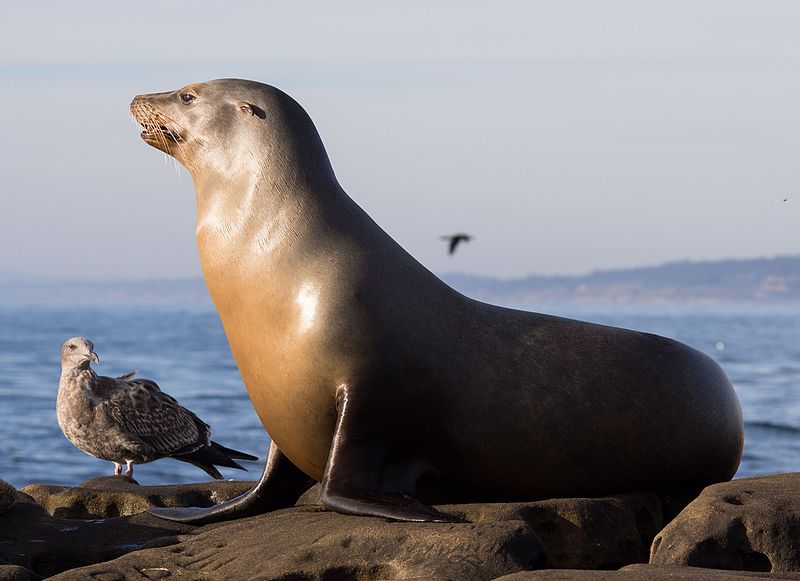
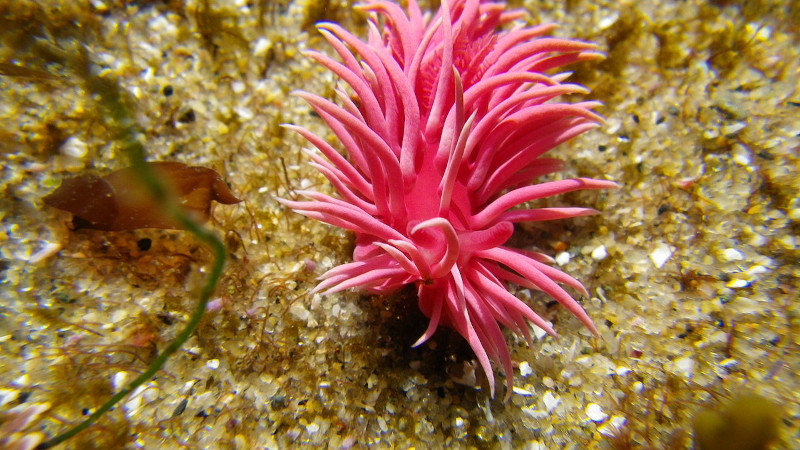
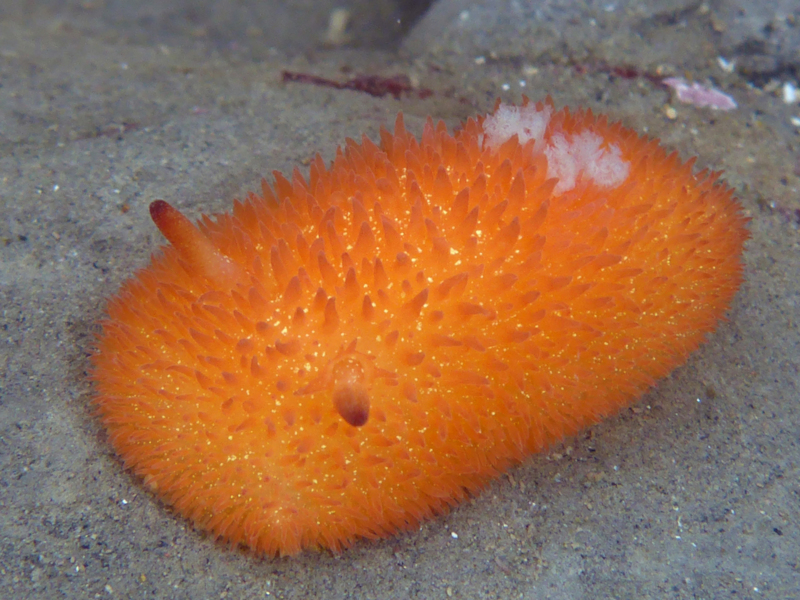
Check out out other articles on 4 Fantastic Woody Shrubs of France, Aye-aye, Komodo Island, Mountain Ebony, Southern Stingray, Hellbender Salamander, Tree Bumblebee, Black Mamba
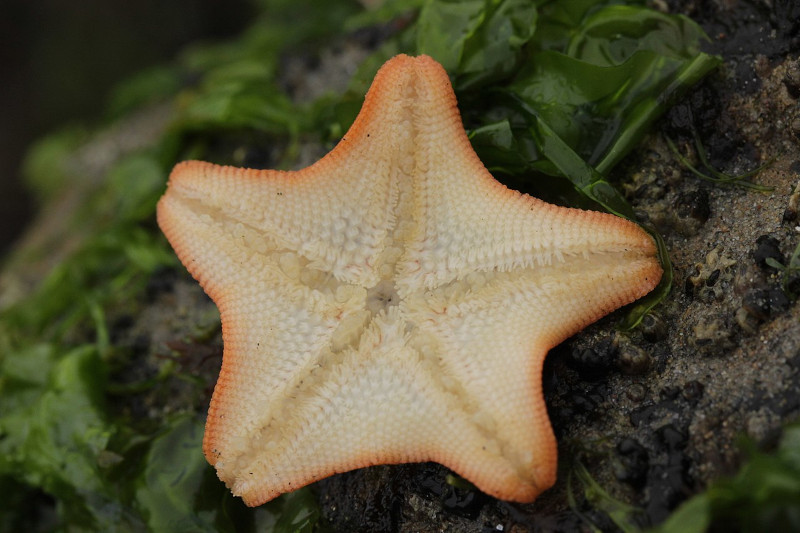
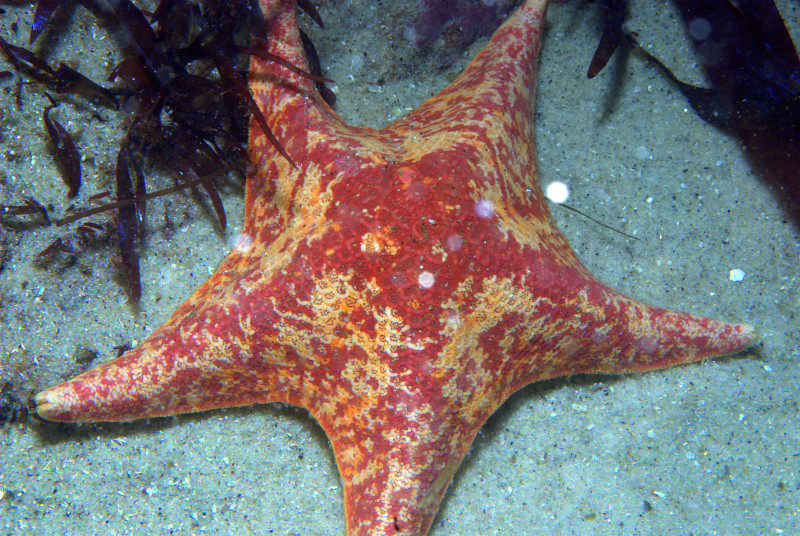









Leave a Reply